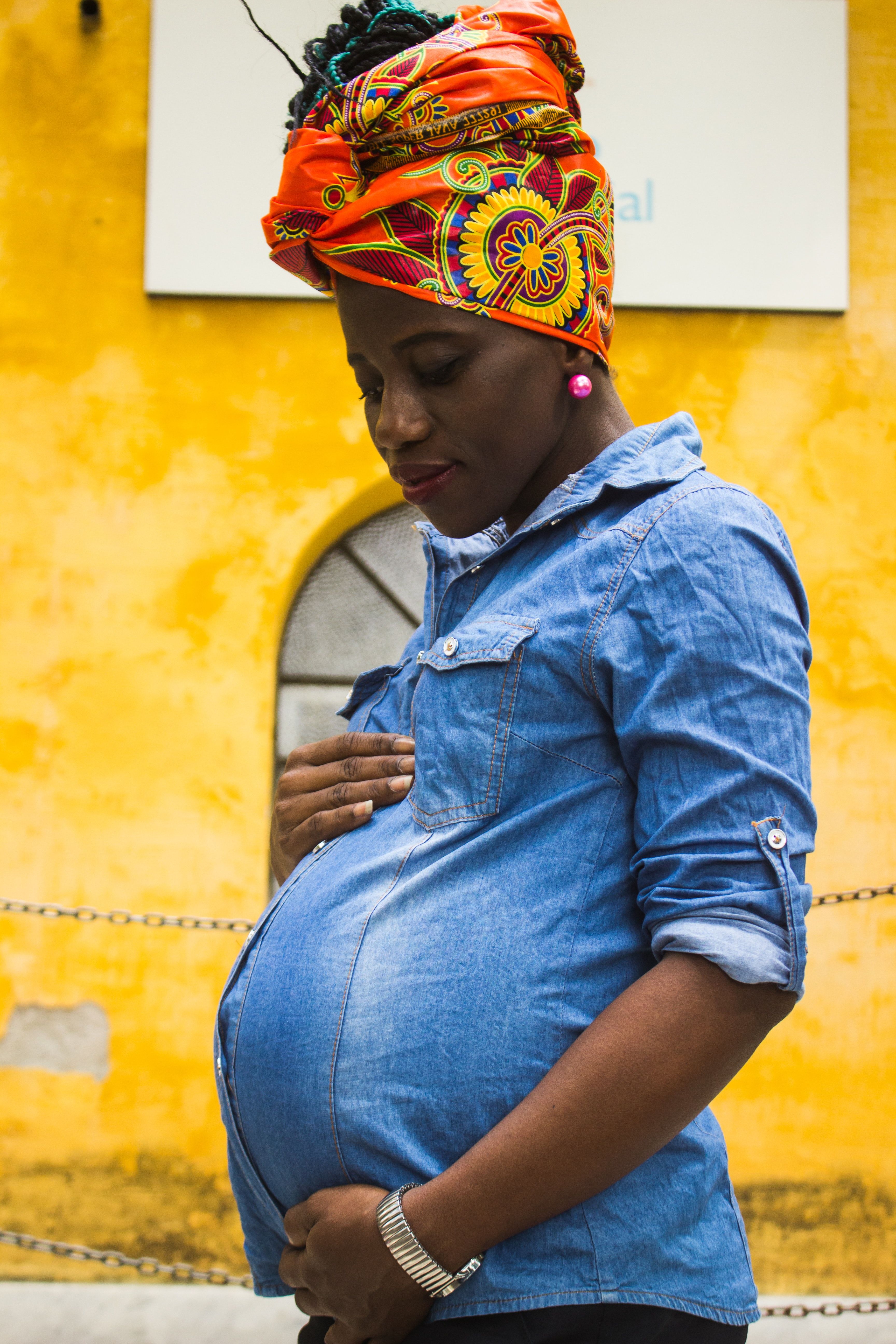Article
Pregnant Women More Likely to Be Hospitalized with Influenza
Author(s):
New research shows women who are pregnant face a higher risk of ending up in the hospital, regardless of pregnancy stage.

Women who are pregnant face a higher risk of influenza-related hospitalization, no matter the trimester, new research has found.
Investigators from New Zealand, partnering with colleagues from the US Centers for Disease Control and Prevention (CDC), wanted to get a better sense of the extent to which pregnant women are affected by influenza versus the general population. Writing in The Journal of Infectious Disease, they noted that pregnant women tend to be treated as high-priority patients when it comes to influenza prevention and treatment, but they said there is relatively little evidence clarifying exactly how outcomes differ for pregnant women versus non-pregnant women.
The team examined data from the Southern Hemisphere Influenza and Vaccine Effectiveness Research and Surveillance (SHIVERS) project, covering the years 2012-2015. The results showed pregnant women were indeed at a higher risk when it comes to influenza.
“Seasonal influenza poses higher risks of hospitalization on pregnant women in all trimesters when compared with non-pregnant women,” wrote Namrata Prasad, MPH, of the Institute of Environmental Science and Research, Wallaceville, New Zealand.
The team found 46 of 260 (17.7%) confirmed influenza-associated acute respiratory infection hospitalizations involved a pregnant women. Among outpatient flu visits, 13 of 294 (4.4%) were for pregnant women.
Altogether, pregnant women and postpartum women had more than 3 times the risk of influenza-related hospitalization (risk ratio, 3.4) compared to non-pregnant women. Women in the third trimester had the highest risk (risk ratio, 4.8). However, when postpartum women were singled out, their risk of hospitalization was no greater than that of non-pregnant women.
Aside from stage of pregnancy, additional factors also appeared to play a role in hospitalization risk.
“Hospitalization rates vary by influenza type and ethnicity among pregnant women,” Prasad and colleagues wrote.
Specifically, patients with influenza A faced higher risk, but patients who had influenza B did not. The data also showed that women of Maori descent were more likely than women of other ethnic backgrounds to be hospitalized.
The findings are unlikely to lead to a major shift in how providers treat pregnant women, since the CDC and the American College of Obstetrics and Gynecology already recommend that all women, including those who are pregnant, be vaccinated against influenza.
The most recent available CDC data, from the 2016-2017 flu season, shows that just over half of women who were pregnant during flu season (53.6%) received a vaccination. Two-thirds (67.1%) said they were offered the vaccine by a healthcare provider and another 11% said they were given a recommendation to take the vaccine, though the shot was not made available to them in the clinic.
Writing in a 2017 Morbidity and Mortality Weekly Report, the CDC’s Helen Ding, MD, and colleagues said it’s critically important for physicians to be proactive about recommending the vaccine.
“Although many women reported concerns about the safety or effectiveness of vaccination, these women were more likely to be vaccinated when there was a provider recommendation and offer compared with women with vaccination concerns who did not receive a vaccination recommendation from their provider, underscoring the need for providers to educate and counsel all pregnant patients,” Ding and colleagues wrote.
Prasad did not respond to a request for comment at the time of publication. Her study, “Influenza associated outcomes among pregnant, post-partum, and non-pregnant women of reproductive age,” was published in The Journal of Infectious Diseases.





